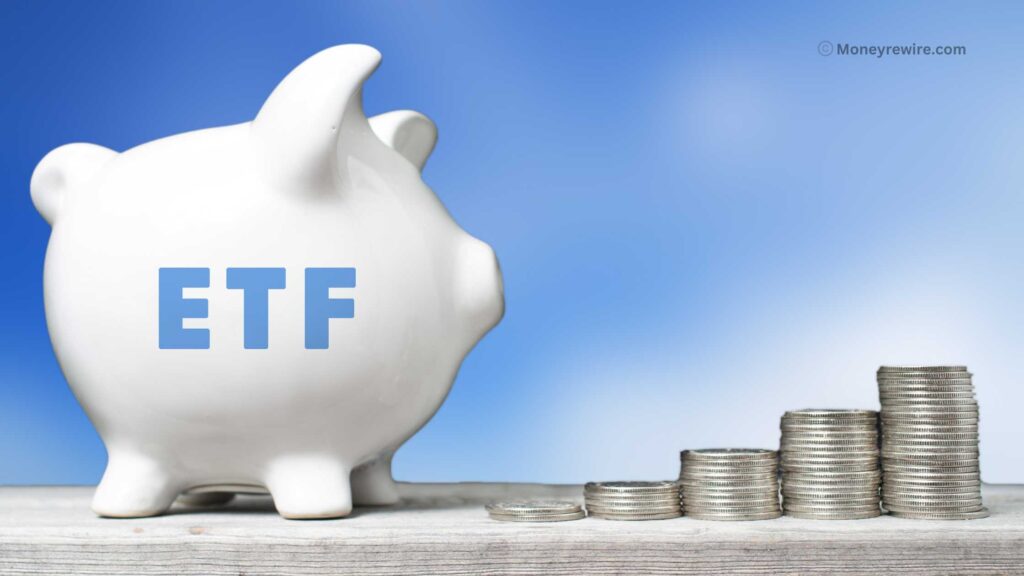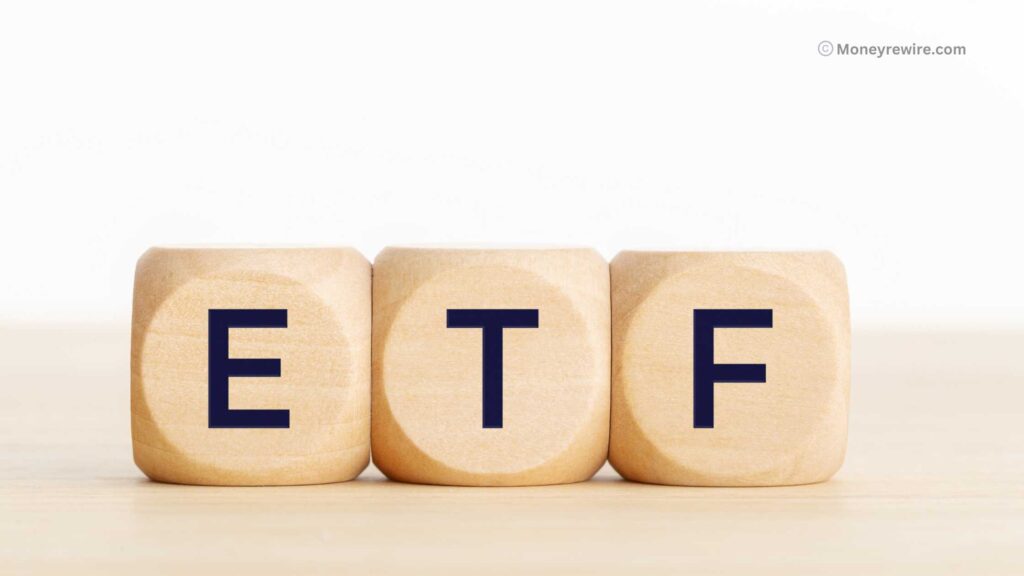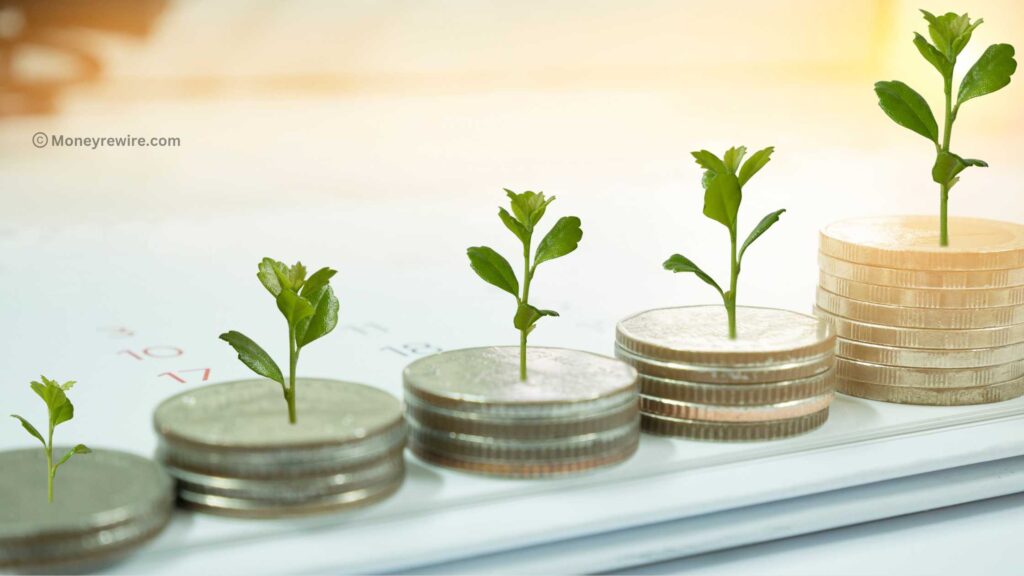Silver ETF : Unveiling the Potential of Silver Investments: Comprehensive Guide 2024

In the ever-evolving landscape of investment opportunities, the allure of precious metals continues to captivate investors seeking avenues for wealth creation.
While gold has long been considered a stalwart in the investment realm, silver is emerging as a promising contender for those looking to capitalize on price fluctuations.
What is ETF ?
An Exchange-Traded Fund (ETF) is a type of investment fund and exchange-traded product that combines features of both stocks and mutual funds. ETFs are traded on stock exchanges, just like individual stocks, providing investors with the opportunity to buy or sell shares throughout the trading day at market prices.
Key characteristics of ETFs include:
- Diversification: ETFs typically hold a diversified portfolio of assets, such as stocks, bonds, or commodities. This diversification helps spread risk across various assets within a single investment.
- Passive and Active Management: There are two main types of ETFs based on their management style: passive and active. Passive ETFs aim to replicate the performance of a specific index, such as the S&P 500, by holding the same securities in the same proportions. Active ETFs, on the other hand, are managed by fund managers who make investment decisions with the goal of outperforming the market.
- Liquidity: ETFs are traded on stock exchanges, providing liquidity for investors. This means that investors can buy or sell shares of an ETF at prevailing market prices during regular trading hours.
- Transparency: ETFs disclose their holdings on a daily basis, allowing investors to see the assets the fund owns. This transparency helps investors make informed decisions about their investments.
- Low Expense Ratios: ETFs are known for having relatively low expense ratios compared to some mutual funds. This is because many passive ETFs aim to replicate an index, reducing the need for active management.
- Creation and Redemption: ETF shares are created and redeemed by authorized participants (usually large financial institutions) in large blocks called creation units. This process helps keep the market price of the ETF close to its net asset value (NAV).
- Flexibility: ETFs can be bought or sold throughout the trading day at market prices. This provides investors with flexibility, enabling them to react to market movements in real-time.
- Tax Efficiency: ETFs are generally considered tax-efficient investment vehicles. The structure of ETFs allows for in-kind creations and redemptions, which can help minimize capital gains distributions.
Overall, ETFs have gained popularity among investors due to their versatility, transparency, and cost-effectiveness. They provide a convenient way for investors to gain exposure to various asset classes and investment strategies within a single traded security.
Silver ETF
This essay delves into the recent offering by Tata Mutual Fund, specifically their new Silver Exchange Traded Fund (ETF), and examines the potential benefits it holds for investors.
Tata Silver Exchange Traded Fund: An Overview:

Tata Mutual Fund has introduced a new open-ended scheme, the Tata Silver Exchange Traded Fund, with the primary objective of providing returns commensurate with the fund’s performance. Launched on January 2, 2024, the scheme is available for subscription until January 16, 2024. Following this initial offering period, it is set to be available again for continuous sale and repurchase starting from January 24, 2024.
Silver’s Industrial and Decorative Potential:
Similar to gold, silver possesses intrinsic value that extends beyond its ornamental uses. While silver adorns jewelry and decorations, its significance in various industrial applications cannot be overstated. The metal’s industrial potential positions it as a valuable commodity, with increasing demand driven by emerging markets.
Also Read… Mutual Fund SIP : Earn Up To 1 Crore By Investing Rs 5000 – Comprehensive Guide
Silver’s versatility and utility contribute to its potential appreciation, making it an attractive option for investors seeking diversification in their portfolios.
Investment Mechanics and Opportunities:
Investors keen on exploring the Tata Silver ETF have the flexibility to start with a minimum investment of Rs 5,000, with subsequent investments possible in multiples of Rs. Additionally, there is no upper limit for investment, allowing investors of varying financial capacities to participate in the scheme. This accessibility makes the Tata Silver ETF an inclusive investment option, catering to a diverse range of investors.
Comparative Landscape: Other Silver ETFs in the Market:
Tata Mutual Fund is not the sole player in the realm of silver exchange-traded funds. Other reputable asset management companies, such as ICICI Prudential Mutual Fund and Mirae Asset Mutual Fund, have also recognized the potential of silver investments. ICICI Prudential Mutual Fund launched its silver ETF under the name ICICI Prudential Silver ETF, while Mirae Asset MF introduced the Mirae Asset Silver ETF.
These offerings further highlight the growing trend of incorporating silver as a strategic component in investment portfolios.
Conclusion:

The increasing recognition of silver as an investment-worthy asset is evident in the launch of silver exchange-traded funds by reputable mutual fund houses. Tata Mutual Fund’s foray into this space with the Tata Silver ETF provides investors with a unique opportunity to diversify their portfolios and potentially benefit from the appreciation of silver’s value. As investors navigate the dynamic landscape of financial markets, exploring precious metal investments, particularly in silver, can be a prudent strategy to secure and enhance their wealth.




